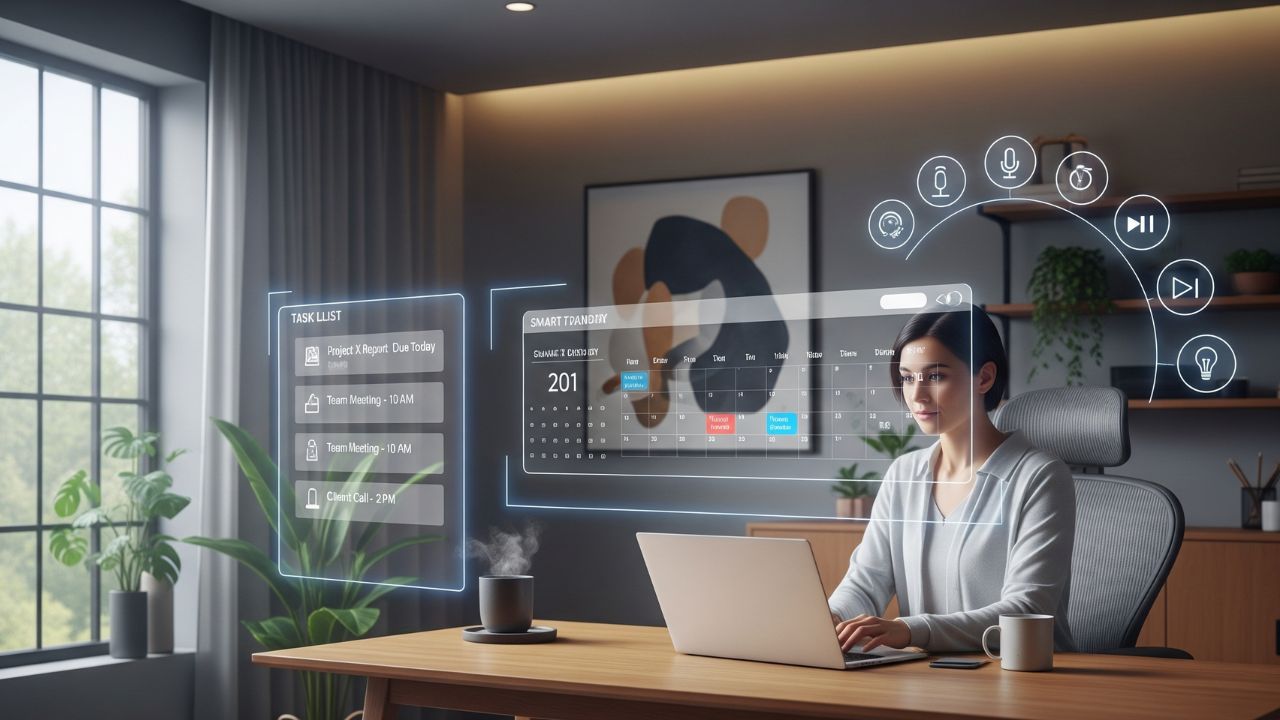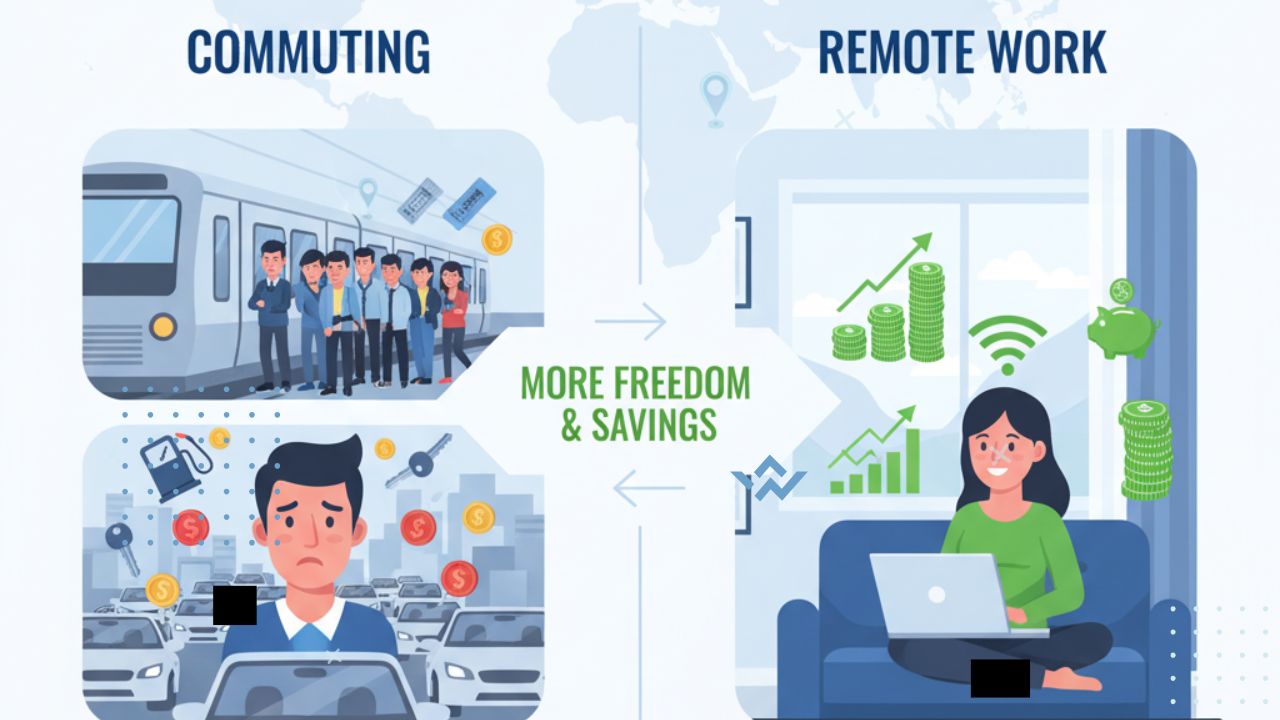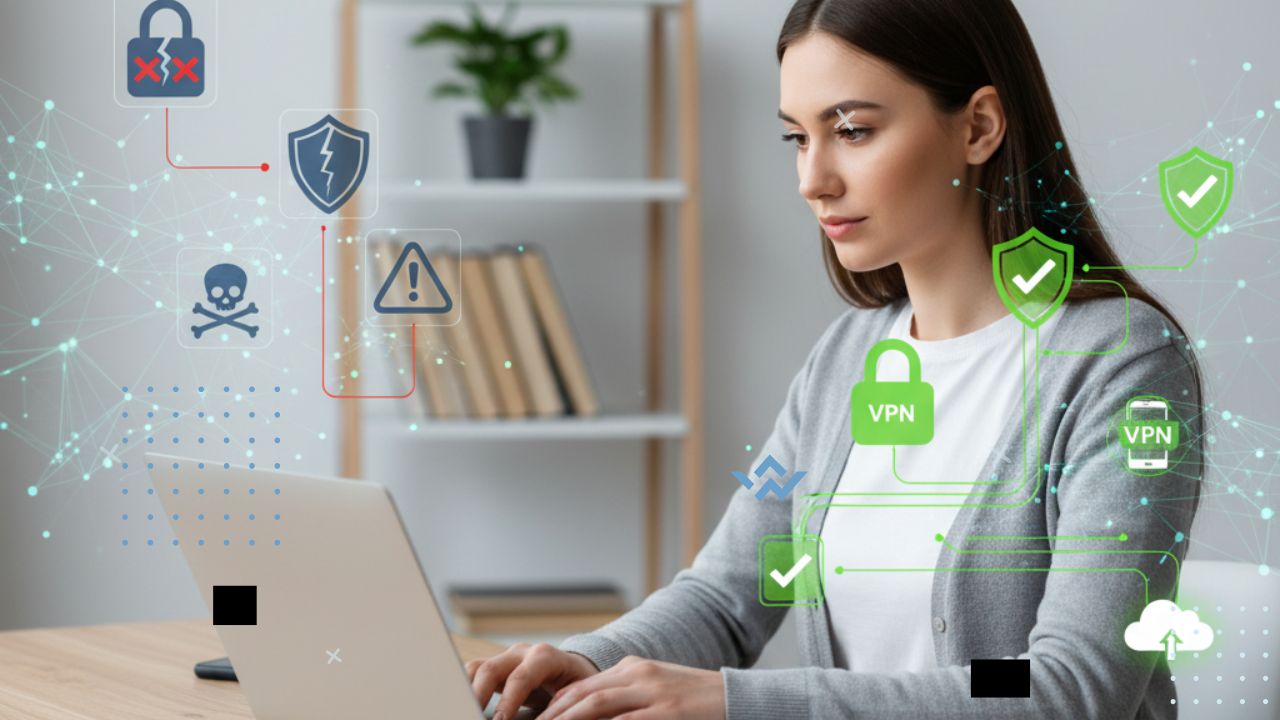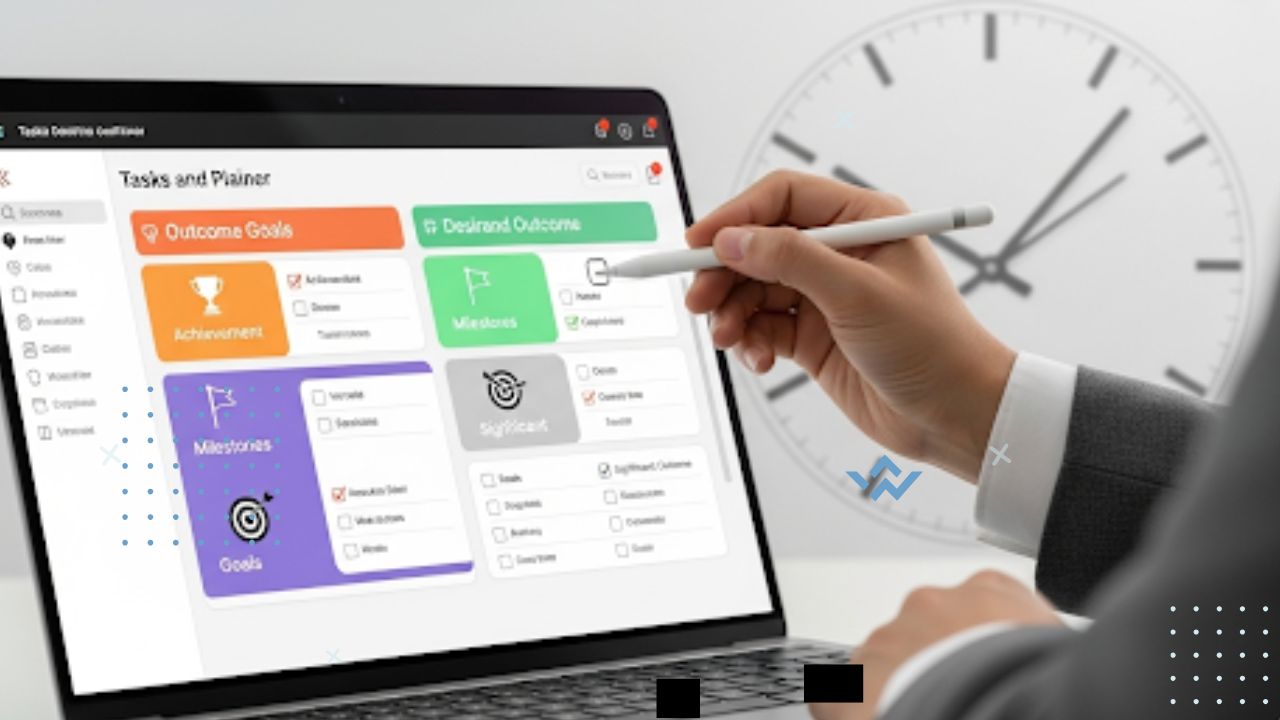As work-from-home (WFH) arrangements solidify in 2025, with 32% of U.S. workers operating remotely at least part-time per a 2024 Gallup survey, AI-powered personal assistants have become indispensable sidekicks for boosting productivity and managing daily tasks. Leveraging advanced natural language processing (NLP), machine learning, and integration with tools like Microsoft 365 and Zoom, these assistants streamline workflows, enhance focus, and reduce burnout in an increasingly hybrid world. This blog explores how AI personal assistants transform WFH routines, key examples, benefits, and challenges, with insights for professionals across industries like healthcare and tech.
Key Examples of AI Assistants in WFH
1. Scheduling and Calendar Management
- Functionality: Assistants like Microsoft Copilot and Google Assistant analyze calendars, prioritize tasks, and suggest optimal meeting times across time zones. They use NLP to interpret emails and auto-schedule based on context.
- Real-World Impact: A 2025 Forbes report found that AI-driven scheduling reduced meeting conflicts by 40% for remote workers, saving an average of 3 hours weekly.
- Use Case: A healthcare administrator uses Copilot to coordinate telehealth appointments, ensuring compliance with HIPAA by securing patient data.
2. Task Automation and Prioritization
- Functionality: Tools like Notion AI and Todoist’s AI assistant categorize tasks, set deadlines, and suggest prioritization based on workload and urgency. GPT-5’s reasoning engine, for instance, predicts task completion times with 95% accuracy, per a 2025 TechCrunch study.
- Real-World Impact: Remote tech workers reported a 25% increase in task completion rates using AI assistants, per a 2024 HBR survey.
- Use Case: A software developer uses Notion AI to automate sprint planning, integrating with Jira to align tasks with team goals.
3. Real-Time Meeting Support
- Functionality: Assistants like Zoom’s AI Companion and Otter.ai transcribe meetings, generate summaries, and suggest action items in real time. Multimodal AI, like GPT-5, processes visual cues (e.g., slides) to provide context-aware insights.
- Real-World Impact: A 2025 Gartner report noted a 30% reduction in post-meeting follow-up time for teams using AI transcription tools.
- Use Case: A remote marketing team uses Zoom AI to summarize brainstorming sessions, ensuring alignment across distributed members.
4. Personalized Productivity Insights
- Functionality: AI assistants like Reclaim.ai and Clockwise analyze work patterns to optimize schedules, block focus time, and prevent burnout. They learn user habits, suggesting breaks or task adjustments.
- Real-World Impact: A 2025 Stanford study found that AI-driven productivity tools increased focus time by 20% for WFH professionals.
- Use Case: A rural hospital manager uses Reclaim.ai to balance administrative tasks and patient care coordination, addressing staffing shortages.
5. Cybersecurity and Compliance Support
- Functionality: Assistants integrated with platforms like NTT DATA’s Microsoft Cloud unit flag phishing emails and enforce secure workflows, critical for healthcare’s 27% rise in ransomware attacks (2023–2024).
- Real-World Impact: Microsoft’s 2024 Cybersecurity for Rural Hospitals Program showed a 25% reduction in phishing incidents with AI-assisted training.
- Use Case: A remote healthcare worker uses Copilot to verify suspicious email links, ensuring compliance with data protection regulations.
Benefits of AI Personal Assistants for WFH
1. Boosted Productivity
- AI automates repetitive tasks like email drafting or data entry, saving 5–7 hours weekly, per a 2025 Deloitte report. This is critical for healthcare workers managing EHR updates under budget constraints.
- Predictive prioritization ensures high-impact tasks are addressed first, enhancing efficiency.
2. Enhanced Work-Life Balance
- By blocking focus time and suggesting breaks, assistants reduce burnout, with 65% of remote workers reporting improved well-being in a 2024 Forbes survey.
- Personalized scheduling accommodates personal commitments, vital for hybrid workers.
3. Seamless Collaboration
- AI assistants bridge time zones and platforms, ensuring smooth communication. A 2025 HIMSS report noted a 20% improvement in telehealth coordination for rural hospitals using AI tools.
- Real-time translation supports global teams, as seen in NTT DATA’s multilingual tsuzumi model.
4. Cost-Effective Scalability
- For small businesses or rural healthcare facilities facing $70 billion in Medicaid cuts over 10 years, AI assistants offer affordable automation, reducing the need for additional staff.
- Free-tier tools like ChatGPT provide accessible entry points for resource-constrained users.
5. Strengthened Cybersecurity
- AI-driven phishing detection and compliance checks protect sensitive data, critical as 88% of healthcare breaches in 2024 were human-driven, per Verizon.
- Integration with secure cloud platforms ensures HIPAA and GDPR compliance.
Challenges and Considerations
Despite their benefits, AI personal assistants face hurdles:
- Privacy Concerns: Continuous data collection raises risks, requiring robust encryption and transparency, as noted in a 2025 Nature Machine Intelligence study.
- Learning Curve: Rural healthcare workers with limited tech expertise need training, mirroring Microsoft’s 2024 program that trained 1,000 hospital staff.
- Cost for Advanced Features: Premium tiers (e.g., GPT-5 Pro at $10–$15 per million tokens) may strain budgets, per Applying AI.
- Over-Reliance: Noosemia, the tendency to attribute intent to AI, can lead to unchecked trust, per a 2024 Nature study. Users must verify outputs, especially in healthcare.
Strategies for Effective Use
To maximize AI assistants’ impact in WFH settings:
- Start with Free Tools: Experiment with free versions of Copilot or ChatGPT to assess fit before investing in premium plans.
- Integrate with Existing Tools: Connect assistants to platforms like Teams or Slack for seamless workflows, as done by 40% of tech firms, per Gartner 2025.
- Prioritize Training: Use short, role-specific modules to upskill staff, drawing on Microsoft’s rural hospital training success.
- Enhance Security: Pair assistants with next-generation firewalls and user awareness training to mitigate cyber risks, per HealthTech Magazine 2025.
- Set Boundaries: Define tasks for AI to avoid over-reliance, ensuring human oversight for critical decisions.
The Future of AI Assistants
By 2030, AI assistants will evolve with multimodal advancements, integrating AR/VR for immersive collaboration (e.g., Microsoft Mesh) and edge AI for low-latency performance, per IndexBox. In healthcare, assistants could predict patient needs using ambient intelligence, reducing readmissions by 20%, as seen in 2024 RPM trials. For tech workers, GPT-5’s code synthesis could automate 50% of development tasks, per Tom’s Guide. These advancements will make AI assistants even more integral to WFH success.



